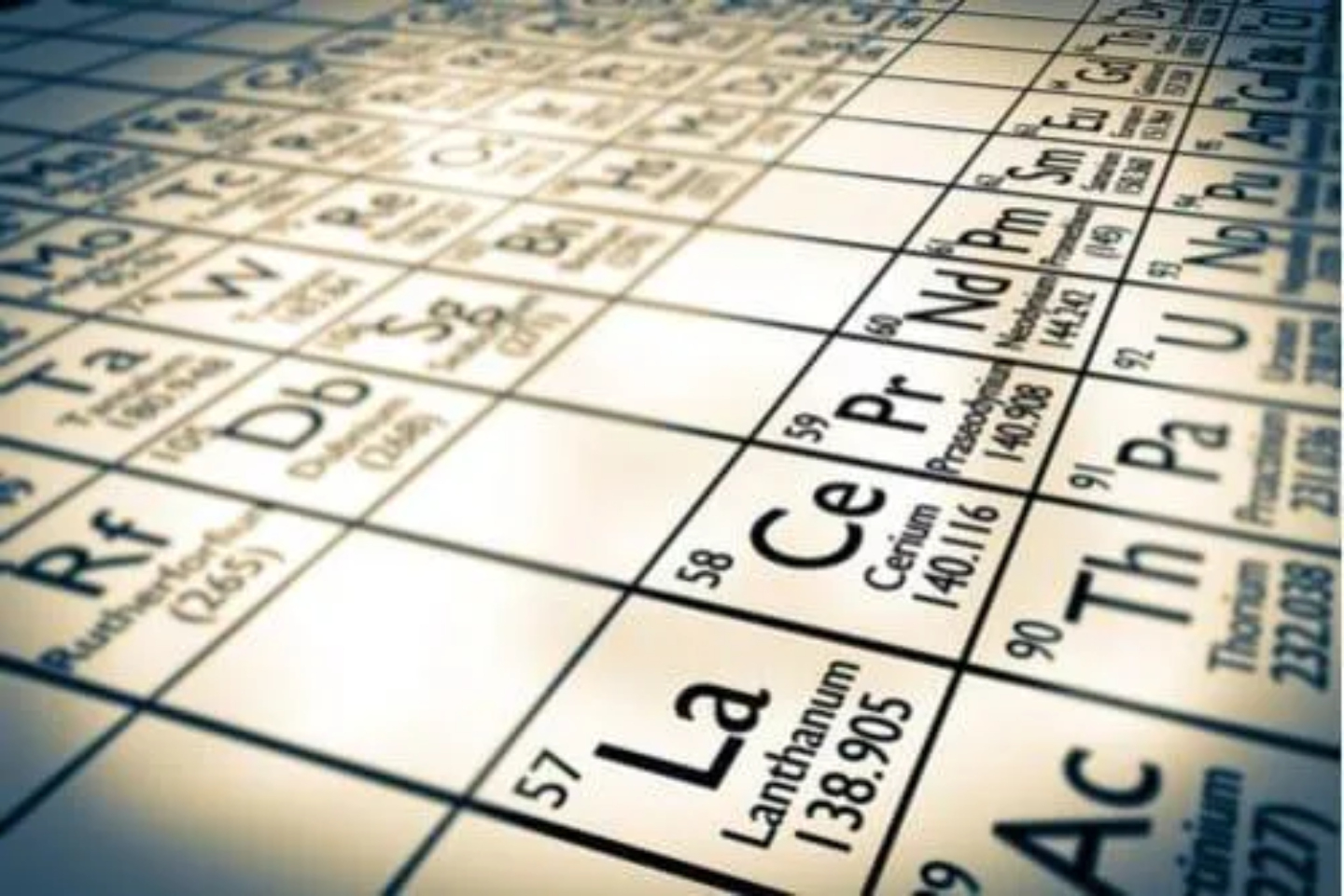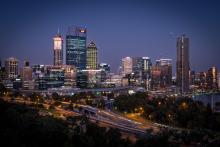West Cobar Metals has inked binding agreements to acquire private company Salazar Minerals and its clay-based rare earth elements project located 120km north-east of Esperance in WA. The Salazar project is hailed as one of Australia’s most advanced rare earths assets of the clay variety and boasts an inferred resource of 43.5Mt at 1192ppm total rare earths oxide with low levels of uranium and thorium.

West Cobar Metals has inked binding agreements to acquire private company Salazar Minerals and its clay-based rare earth elements project located 120km north-east of Esperance in WA. The Salazar project is hailed as one of Australia’s most advanced rare earths assets of the clay variety and boasts an inferred resource of 43.5 million tonnes at 1192 parts per million total rare earths oxides with low levels of uranium and thorium.
Terms of the all-scrip takeover include a net smelter royalty of two per cent payable to private company Lorenzo Trading with West Cobar to also repay outstanding Salazar Minerals shareholder loans of approximately $260,000 on completion of the transaction.
West Cobar anticipates the completion of the transaction to occur around late October.
Over eight years worth of test work and studies have been completed at Salazar with metallurgical assessments indicating the rare earths mineralisation is amenable to acid leach extraction at low temperatures and atmospheric pressure.
Despite having lower grades than their hard-rock counterparts, clay-hosted rare earths deposits are typified by cost effective and quick extraction processes.
West Cobar Metals’ Non-Executive Chairman, Rob Klug said: “The Company is very pleased to have secured such an advanced rare earths project at a time when electrification of the world economy is significantly increasing the demand for rare earths minerals.”
Notably, West Cobar says the tonnage and resource grades of its newly acquired project compare favourably with other known rare earths clay deposits outside of China and Myanmar.
The project’s premier Newmont deposit also includes a high-grade alumina zone with an inferred resource of 3.14 million tonnes of ore at a grade of 31 per cent aluminium oxide.
In addition, the project comes stacked with a promising prospect, O’Connor about 20km south-east of Newmont sporting 30 vertical air core holes returning solid intersections including 9m at 3258ppm total rare earths oxides from 14m.
West Cobar intends to build on the foundation laid by Salazar Minerals initially with an air core program designed to extend the inferred mineral resource at Newmont and plans to fast-track the project with further metallurgical test work and marketing studies.
Rare earths have garnered some serious attention in the markets as of late owing to their role in the emerging green energy revolution. The rare earths-based neodymium-praseodymium oxide is a key component in neodymium magnets, also known as “NdFeB”, “NIB” or “Neo” magnets.
The high-tech magnets are commonly used in smartphones, wind turbines and electric vehicles. According to business intelligence company CRU International, the demand for NdFeB magnets is expected to increase nearly four-fold over the period of 2021 to 2038 with a compound annual growth rate of 8.3 per cent.
Whilst neo magnets have strong magnetic strength, their efficiency is lost under operating conditions of high temperatures such as in wind turbines and motors.
Interestingly, special types of neo magnets have been developed that also include the rare earths terbium and dysprosium, allowing the magnet to tolerate higher temperatures.
Notably, about 25 per cent of the total rare earths oxides within Newmont are a mix of praseodymium, neodymium, dysprosium and terbium oxides.
In terms of its other projects west of Cobar in NSW the explorer is progressing with access negotiations and planning a low-level detailed aeromagnetic survey across its Bulla Park copper prospects to firm-up drill targets.
Is your ASX-listed company doing something interesting? Contact: matt.birney@businessnews.com.au














